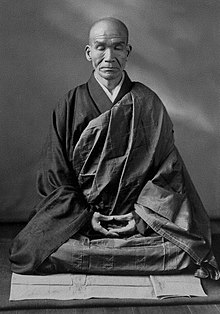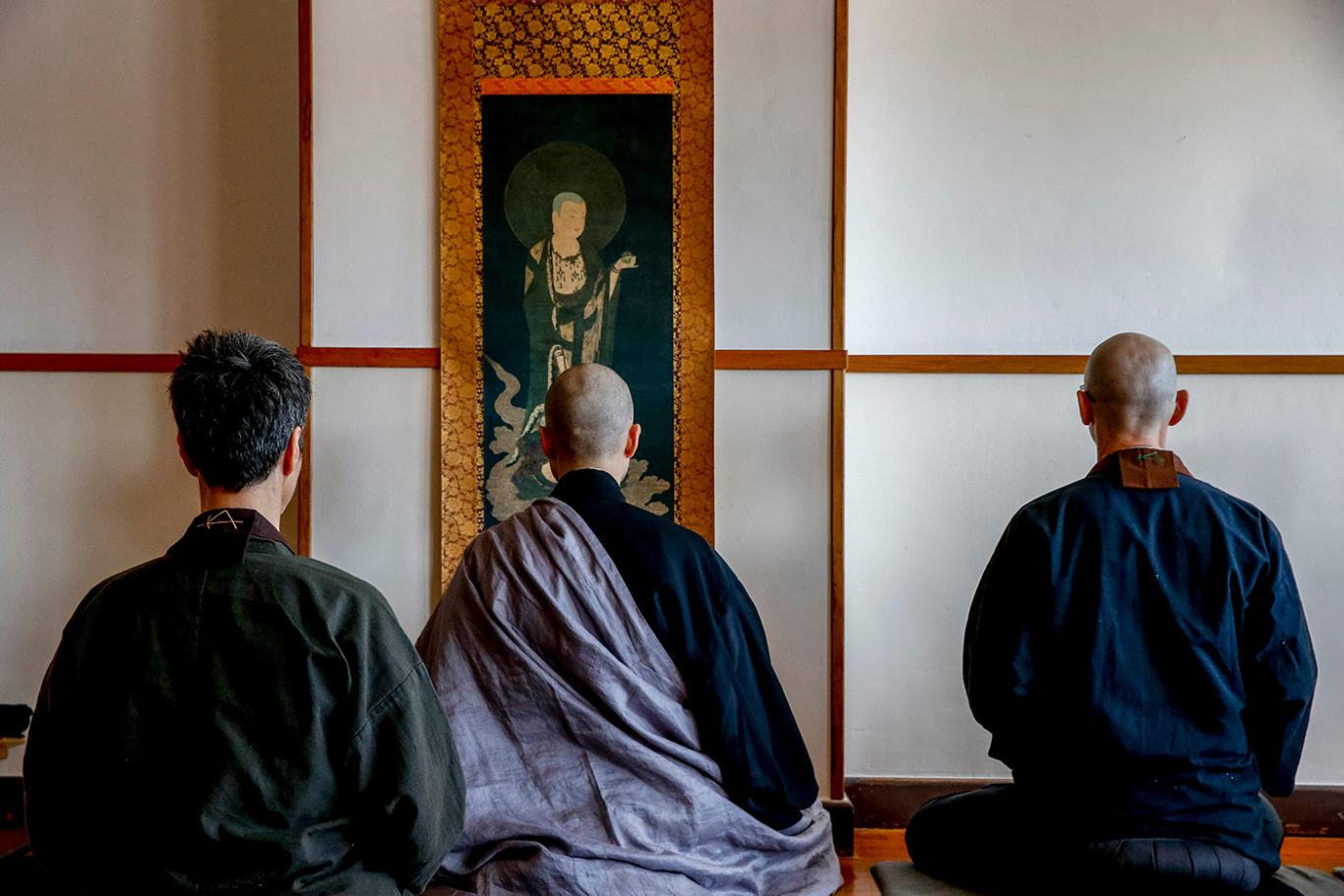Zen Buddhism For Beginners
Meditation for Beginners

This is a 5 minute audio sample of an unabridged hour long audiobook, available on Audible.com, Amazon.com, and iTunes. Complete Zen meditation by placing your palms together in prayer and bend forwards as a sign of respect towards Dharma. As a beginner, it is advised that you should practice for 15 to 30 minutes. Gradually, increase this time as you gain practice. 5 Things that will help you in ZaZen meditation.
Post written by Leo Babauta.
Simplify your daily activities down to the essentials. Before working on anything else, it's often most. Zen master Jakusho Kwong Roshi shows us how to treasure the ordinary activities of our daily lives through an understanding of simple Buddhist practices and ideas. The author’s spontaneous, poetic, and pragmatic teachings—so reminiscent of his spiritual predecessor Shunryu Suzuki (Zen Mind, Beginner’s Mind). Click here to buy.

If you haven’t done much meditating, it might seem like a bit of a grey area to you — something you want to do but don’t know much about.
Is it difficult to do? How do you control your mind? (spoiler: you don’t) Does it take a lot of discipline? Do I need to do it with a class? Where and how do I do it? Why should I do it? Will it take hours? Is it for people who are into Eastern spirituality?
Let’s take a look at what meditation is, why it’s a good thing (whether you’re spiritual or not), how to get started, and other beginner questions.
The goal of this article isn’t to tell you everything possible about meditation, or to give you an authoritative definition of meditation and how it’s done … it’s simply to answer beginner questions and help you get started.
What and Why
What is meditation? That’s actually a very complicated question, as the word could have lots of different meanings and it’s practiced in many different ways. We’ll keep it simple, and pick one definition and type of practice (with the understanding that there are lots of other good answers): it’s practicing mindfulness.
Meditation as we’ll practice here at Zen Habits is sitting meditation — though you can easily practice it while walking or doing the dishes or taking a shower, I find it best to start with simply sitting. That eliminates a lot of complicated distractions, so you can start as simply as possible. Once you get good at sitting meditation, you should expand it to other things like walking and running and doing everyday activities.
When we do sitting meditation, the form doesn’t matter very much. That’s not true of certain types of meditation, like Zen meditation, but we’re simplifying and trying to get to the essential practice. So we sit, and we practice mindfulness. That can take different forms: we can focus on our breathing, as it goes in or our (the most common form we’ll practice). We might think of a motto to say (in our minds) as we breathe, such as Thich Nhat Hanh’s “Breathing in, I relax my body … breathing out, I smile.” But in the end, we’re practicing mindfulness.
Why practice mindfulness through meditation? Actually, there are lots of great reasons. Here are a few (read about research on meditation for more):
- It relieves stress and helps you to relax.
- When you practice mindfulness, you can carry it out to everyday life.
- Mindfulness helps you to savor life, change habits, live simply and slowly, be present in everything you do.
- Meditation has been shown to have mental benefits, such as improved focus, happiness, memory, self-control, academic performance and more.
- Some research on meditation has indicated that it may have other health benefits, including improved metabolism, heart rate, respiration, blood pressure and more.
Those are just the highlights. Actually, some of the best benefits of meditation are hard to define — you begin to understand yourself better, for example, and form a self-awareness level you’ve never had before.
Most simply, sitting for just a few minutes of meditation is an oasis of calm and relaxation that we rarely find in our lives these days. And that, in itself, is enough.
Zen Buddhism For Beginners Pdf
How to Meditate
As I said above, there are lots and lots of ways to meditate. We’re not going to learn even a fraction of them. We’re going to learn a simplified method, designed to be easiest for beginners. You can practice another method if that’s better for you, but here’s what I recommend:

1. Find a quiet spot. Sometimes early morning is best, before others in your house might be awake and making lots of noise. Others might find a spot in a park or on the beach or some other soothing setting. It really doesn’t matter where — as long as you can sit without being bothered for a few minutes.

2. Sit comfortably. Don’t fuss too much about how you sit, what you wear, what you sit on, etc. I personally like to sit on a pillow on the floor, with my back leaning against a wall, because I’m very inflexible. Others who can sit cross-legged comfortably might do that instead. Still others can sit on a chair or couch if sitting on the floor is uncomfortable. Zen practitioners often use a zafu, a round cushion filled with kapok or buckwheat. Don’t go out and buy one if you don’t already have one. Any cushion or pillow will do, and some people can sit on a bare floor comfortably.
3. Start with just a few minutes. This is really important. Most people will think they can meditate for 15-30 minutes, and they can. But this is not a test of how strong you are at staying in meditation — we are trying to form a longer-lasting habit. And to do that, we want to start with just a few minutes. Even 3-4 minutes is perfect. You’ll find it much easier to start this way, and forming a habit with a small start like this is a method much more likely to succeed. You can expand to 7-10 minutes if you can do it for 7 straight days, then 15 minutes if you can do it for 14 straight days, then 20-25 minutes if you can stick to it for 21 straight days, and 30 if you can do a full month.
4. Focus on your breath. As you breathe in, follow your breath in through your nostrils, then into your throat, then into your lungs and belly. Sit straight, keep your eyes open but looking at the ground and with a soft focus. If you want to close your eyes, that’s fine. As you breathe out, follow your breath out back into the world. If it helps, count … one breath in, two breath out, three breath in, four breath out … when you get to 10, start over. If you lose track, start over. If you find your mind wandering (and you will), just pay attention to your mind wandering, then bring it gently back to your breath. Repeat this process for the few minutes you meditate. You won’t be very good at it at first, most likely, but you’ll get better with practice.
Zen Buddhism Books For Beginners
And that’s it. It’s a very simple practice, and in this mini-course we’re going to focus more on forming the habit of meditation than on getting it perfect or learning any particular kind of meditation.
Zen Buddhism For Beginners Youtube
Read more: Meditation Frequently Asked Questions.

